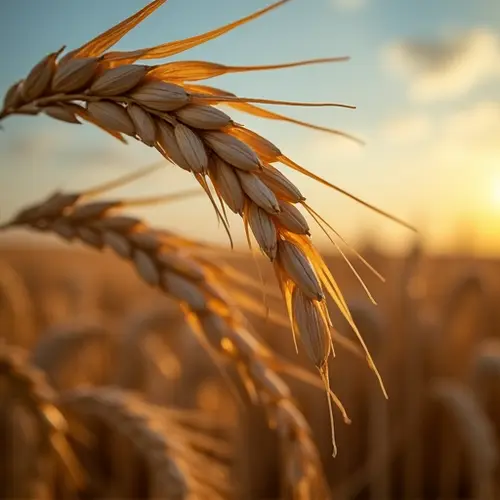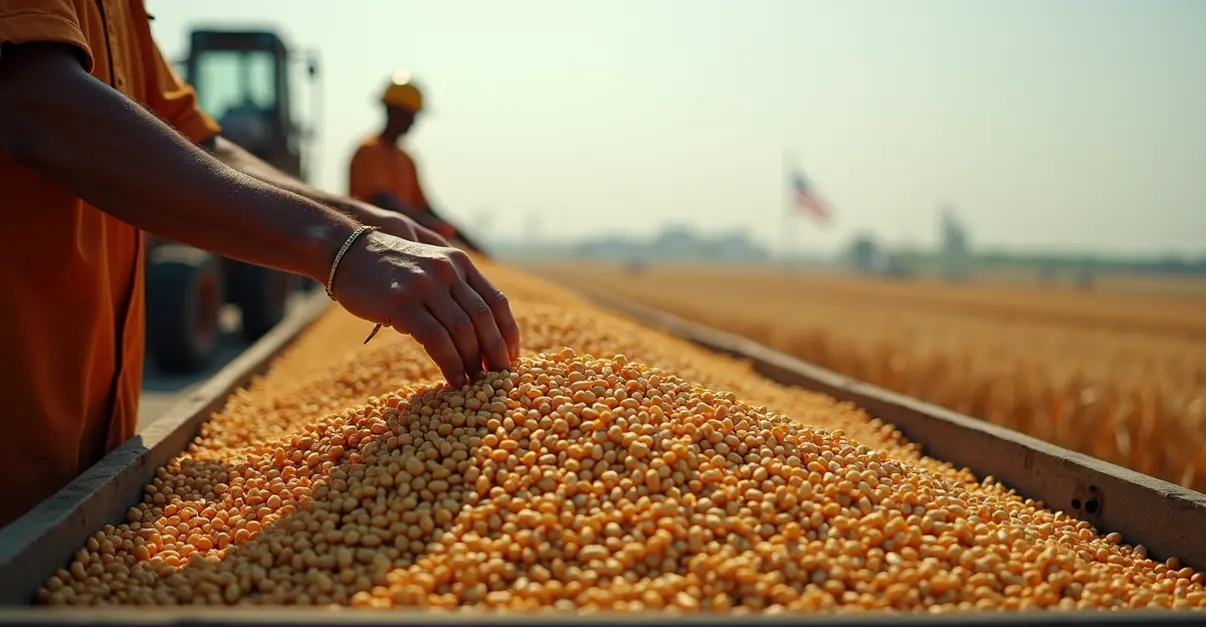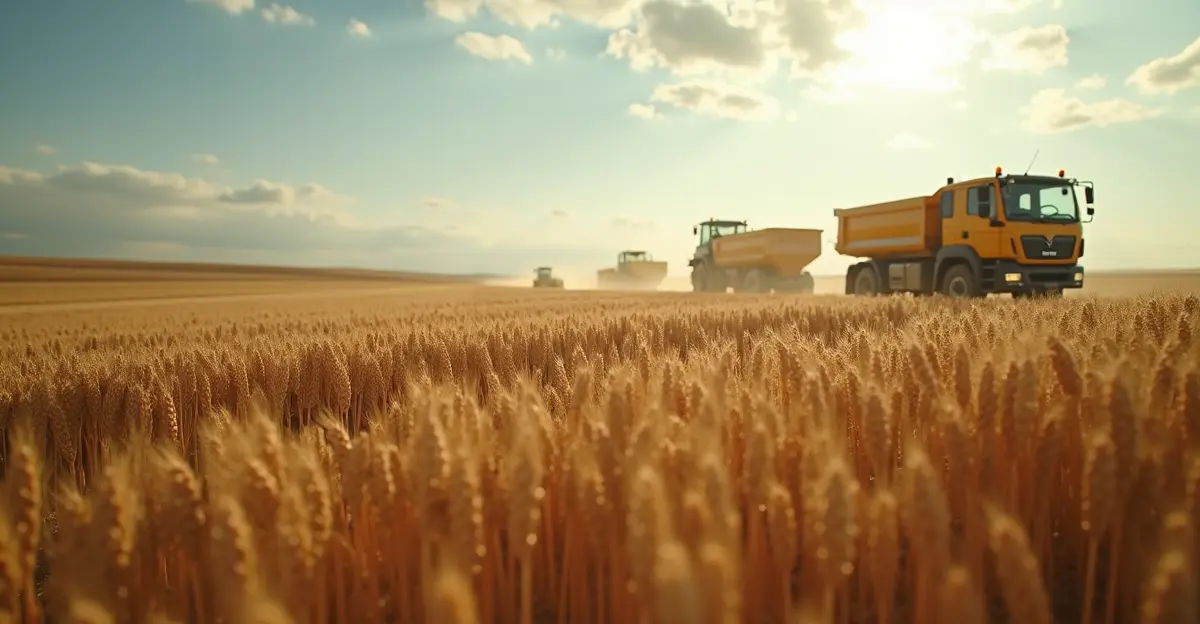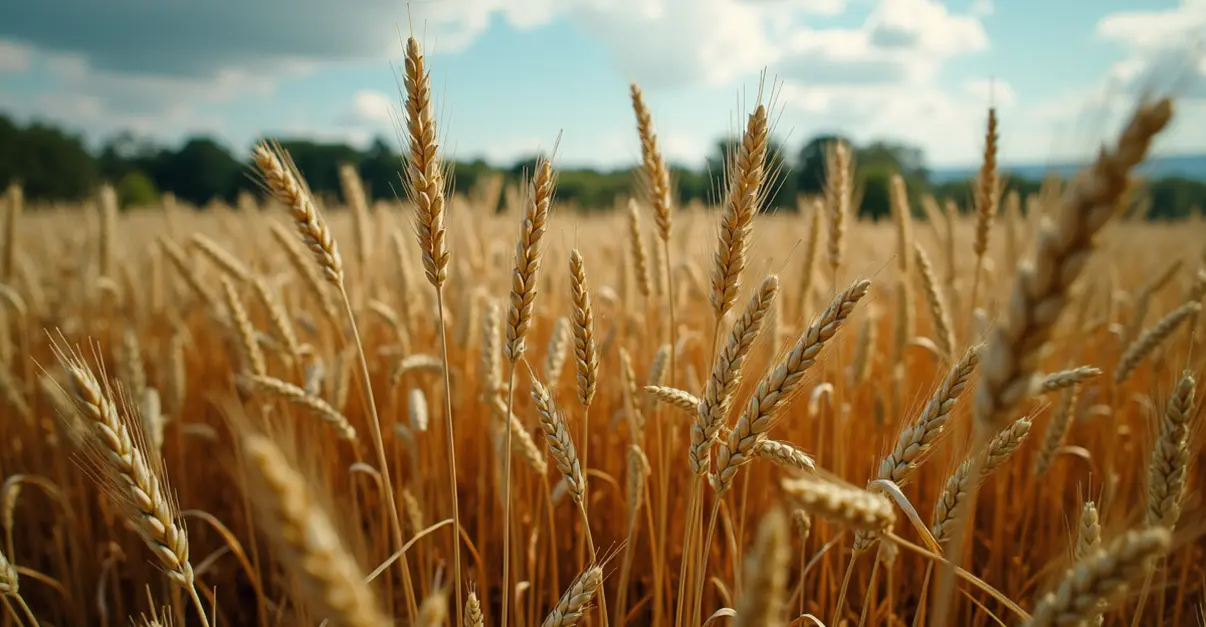Global grain markets face unprecedented volatility in 2025 due to Black Sea export disruptions, extreme weather, and protectionist policies. Food security crises escalate with 295 million people experiencing acute hunger, while market interventions struggle to stabilize prices and ensure supply.
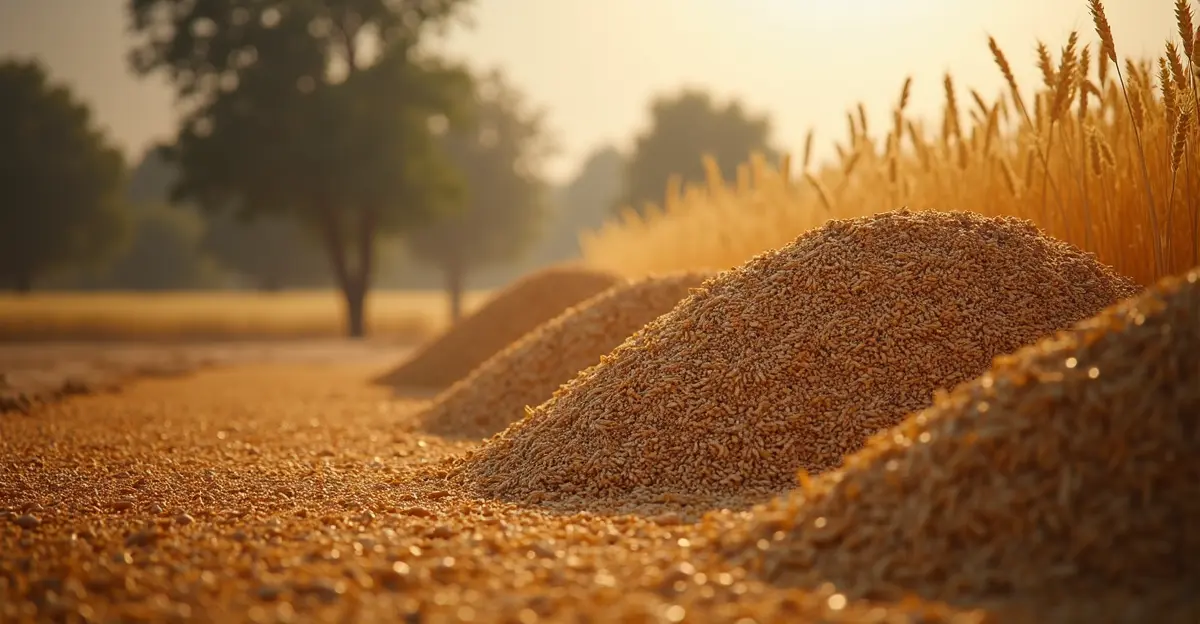
Global Grain Markets Face Unprecedented Volatility
The global grain market is experiencing significant turbulence in 2025, with critically low world stocks-to-use ratios around 31% creating minimal buffer against supply shocks. This tightness results from multiple factors including the ongoing Russia-Ukraine conflict, extreme weather events reducing global yields by approximately 10%, and protectionist trade policies. 'We're seeing the perfect storm of geopolitical tensions, climate impacts, and market interventions creating unprecedented challenges for global food security,' says Dr. Maria Rodriguez, senior analyst at the World Food Programme.
Black Sea Export Disruptions Continue
The Black Sea region remains a critical artery for global grain trade, with Ukraine's 2025 grain exports facing significant challenges due to geopolitical tensions and shifting trade policies. Following the expiration of the Black Sea Grain Initiative in July 2023, Ukraine has relied on alternative routes like the Danube River and NATO-backed corridors, exporting approximately 13 million metric tons of grain since mid-2023 - a 40% drop from pre-war levels. The EU's termination of Autonomous Trade Measures in June 2025 further complicates exports, capping Ukrainian wheat shipments to the bloc at 583,000 MT for the remainder of 2025.
Russia accounts for 18% of global wheat exports and 2% of corn exports, while Ukraine provides 15% of global corn exports and 9% of wheat. If all Black Sea grain shipments were halted, it would cut off 27% of global wheat exports and 17% of global corn exports. 'The greatest risk to global food security now appears to be the potential loss of Russian wheat exports rather than Ukrainian grain shipments,' notes agricultural economist Dr. James Wilson from the University of Chicago.
Market Interventions and Humanitarian Consequences
According to the World Bank's September 2025 Food Security Update, alarming global food insecurity persists with 1.4 million people facing catastrophic hunger levels. Famine has been declared in Sudan and Gaza Strip, while Haiti, Mali, South Sudan, and Yemen also face severe crises. Food price inflation remains high, affecting 52.9% of low-income countries and exceeding overall inflation in 65% of countries.
The Global Report on Food Crises (GRFC) 2025 reveals that in 2024, over 295 million people across 53 countries and territories experienced acute hunger - an increase of 13.7 million people from 2023. Conflict, economic shocks, climate extremes, and forced displacement remain the primary drivers of food insecurity worldwide.
Regional Impacts and Response Efforts
While the USDA's Economic Research Service projects global food security to improve in 2025 compared to 2024 across 83 low- and middle-income countries, food insecurity remains concentrated in Sub-Saharan Africa, which is projected to have 332.3 million food-insecure people (26.9% of the population). Asia shows particularly strong improvement, with food insecurity prevalence expected to drop from 15.4% to 8.1% due to 4.9% GDP growth and lower rice prices.
The World Bank's response spans 90 countries with a portfolio expected to benefit 327 million people by 2030 through both short-term interventions like social protection and long-term resilience programs. Key initiatives include climate-smart agriculture projects in Honduras, a $2.75 billion Food Systems Resilience Program for Eastern and Southern Africa, and various country-specific programs in Malawi, Madagascar, Burundi, and Sahel nations.
Future Outlook and Policy Recommendations
Looking ahead, the market remains vulnerable to geopolitical developments, climate impacts on harvests, and policy decisions regarding export restrictions and trade rules. 'We need coordinated international action to prevent further escalation of this crisis,' emphasizes UN Food and Agriculture Organization Director-General Dr. Sarah Chen. 'Strategic grain reserves, improved logistics, and climate-resilient agriculture must be prioritized to ensure food security for the world's most vulnerable populations.'
Research published in Nature Communications Earth & Environment highlights that Russia and Ukraine export over 54% of globally traded wheat, barley, and oats, with the war causing significant yield reductions and triggering export bans from over 20 countries. The study emphasizes the need for alternative transportation routes and supply chain solutions to mitigate food security risks worldwide.

 Nederlands
Nederlands
 English
English
 Deutsch
Deutsch
 Français
Français
 Español
Español
 Português
Português




